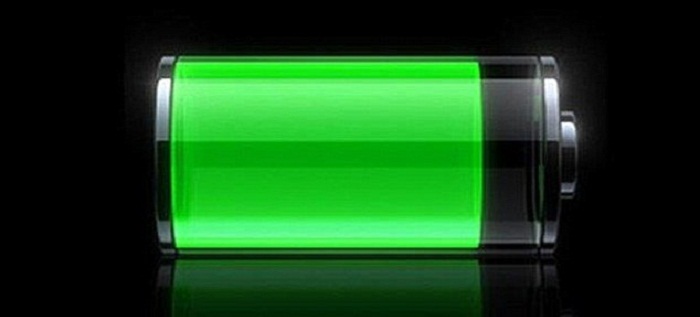Phone batteries may last WEEK

The firm has not revealed the name of the manufacturer, simply describing it as an `emerging operator,` but the move signals the technology is about to become much more mainstream.
It is intended the programme will build on Intelligent Energy`s existing prototype smartphone with an embedded fuel cell and see the firm start licensing the technology.
The deal is said to be worth £5.25 million pounds ($7.6 million).
The thin prototype system, originally unveiled in November, works in a similar way to those being developed for eco-friendly cars but is vastly smaller.
It contains a battery with unique technology that creates energy by mixing hydrogen and oxygen, with only heat and water emitted as waste.
Hydrogen gas is refuelled using an adapted headphone socket in the prototype.
The fuel cell is so thin that it fits inside the current iPhone 6 , for example, without making it any bulkier.
The only visible difference is the addition of small rear vents, which enable water vapour to escape from the phone.
Intelligent Energy is working on a disposable cartridge for smartphones that it said is `still a couple of years out`.
This would fit into the bottom of smartphones, containing enough gas to keep them charged for a week.
Experts believe the market for hydrogen fuel cell batteries is vast - perhaps as much as £300 billion ($471 billion) a year, but there is no estimated price for the gas cartridges.
HOW FUEL CELLS WORK
Fuel cells come in several forms, but all of them generate energy without pollution.
These cells convert hydrogen to electricity, meaning that water would be the only by-product once combined with oxygen.
Unlike batteries, which store energy, fuel cells actively produce energy through electrochemical conversion.
These devices use an external supply of fuel such as salt and water, along with an oxidant, oxygen or air.
In these products, the devices use a proton exchange membrane (PEM) as an electrolyte, which carries electrically charged ions between electrodes.
They also use a catalyst to speed up the reactions.
Oxygen combines with the returning electrons and hydrogen ions, and water is formed.















































